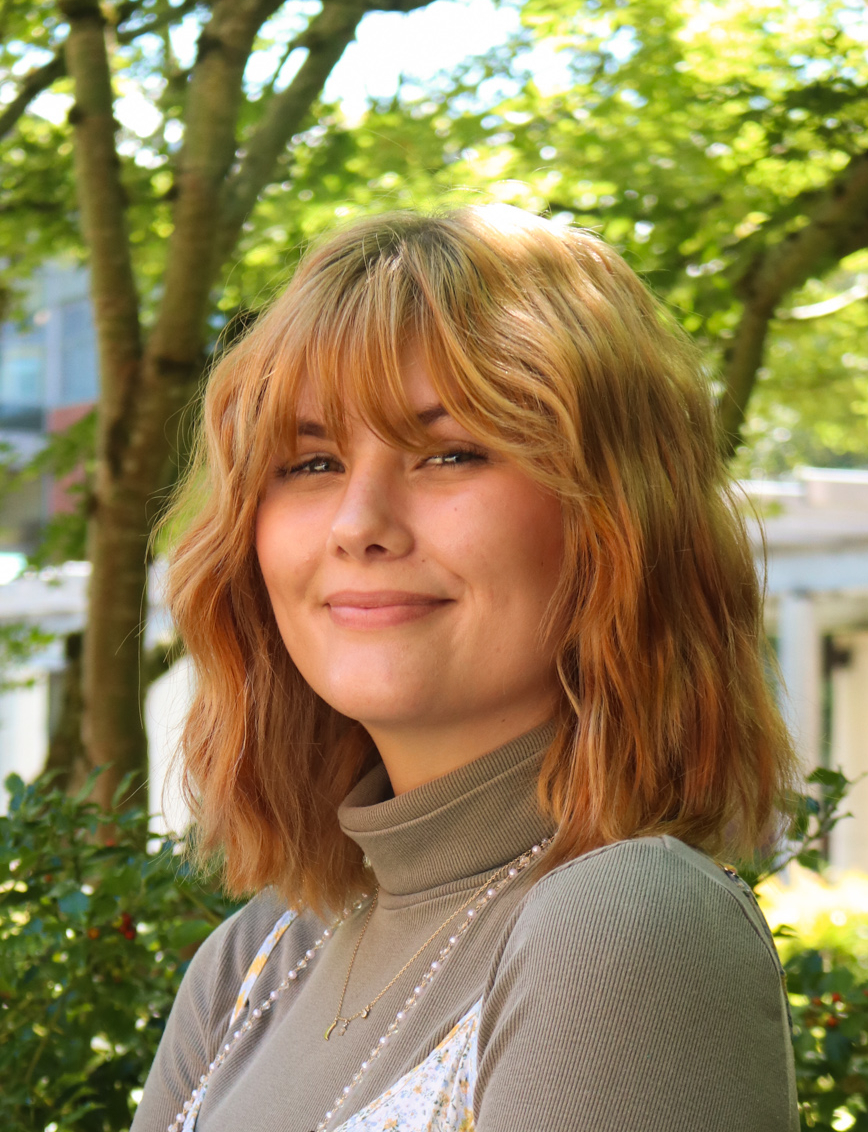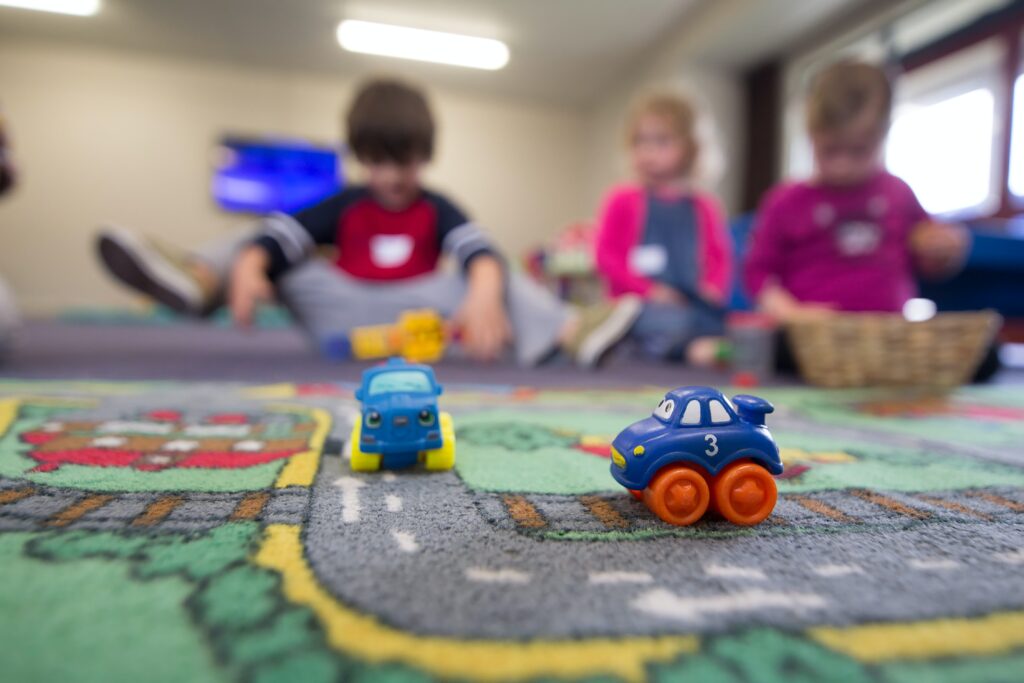Boasting images of elegant playrooms and classrooms, “Montessori” has become a buzzword for those seeking an alternative method of early elementary education for their children. However, despite its photo-worthy aesthetics, both educators and parents are wondering what Montessori really is underneath its popularized facade online. Created by Maria Montessori, this model of education, according to Montessori Northwest, strives to promote the development of a child’s natural curiosity and interests by encouraging hands-on learning and self-directed activity.
“The core of Montessori is, I think, aligned with the research on what children need, and should be part of what we all do, and not just what only the wealthy have access to. … I don’t think that issues of accessibility are addressed by creating more private schools. I think it’s by investing in [and] changing the existing systems and infrastructure so that they serve everyone.” – Sara Waters
The VanCougar conducted an interview with Sara Waters, human development professor at WSU Vancouver, to learn more about this emerging method of elementary education. Waters has long had an interest in childhood development and Montessori education, having held many positions in childcare from assistant to preschool teaching.
According to Waters, Maria Montessori was a visionary ahead of her time. Her patented method of education originated in the early 20th century, and actively discourages measures of intelligence, such as exams and grades. Instead, Montessori attempts to foster independence and real-life skills in a supportive environment. Modern research shows Maria Montessori’s models are evidence-based and beneficial to childhood development – the efficacy of Montessori is in its core values, in particular, the facilitation of child-led classrooms.

“The teacher’s role, or the caregiver’s role, is to observe the child, see where they are, see what is interesting to them. … The child takes the lead, and the caregiver provides the materials that are going to foster their growth and development in a calm environment that’s going to allow them to focus,” Waters said.
In contrast, traditional American classrooms are instructor-led and often include up to thirty students working under one or two teachers. This education style typically includes worksheets, exams and various grading systems that define a student’s performance. According to Waters, this teaching method generally discourages children from learning, and has several downsides.
“The way that we often do education is very teacher-driven – sit at your desk and practice, practice, practice. … It discourages their internal motivation, they no longer explore this topic because they want to understand it, they’re doing it to get the grade or they’re doing it because they’re being told to, and so it teaches children not to be self-motivated lifelong learners,” Waters said. “I’ve been in spaces where kids as young as three-years-old are sitting at desks working on worksheets, whereas in Montessori there is none of that. … It’s all very experiential, and again [Maria Montessori] was advancing this a hundred years ago. Now we have the research to say this is best practice to help kids learn.”
Another core value of Montessori is promoting childhood independence. According to Waters, safe and age-appropriate tools play a key role in Montessori learning. These tools model real life and allow children to safely practice everyday tasks. When children gain confidence in completing tasks, their self-esteem is boosted regarding self-care.
Waters sympathized with the difficulties that come with encouraging a child’s independence. Having a toddler herself, she understands that oftentimes allowing children to be involved in such tasks can be frustrating and messy. According to Waters, it requires a lot of patience and understanding, but doing so can create a community of “enthusiastic helpers.”
“A child’s job is to simply explore their world– to be involved in whatever it is that is going on … and to be participating in their way with the daily activities of the home. Montessori doesn’t [devalue] that, everybody participates in the folding of the towels, the chopping of the fruit with a safe knife, watering plants in the classroom, picking up after themselves and things like that. Research now shows that is how you foster valuing, helping and respecting other people’s space,” Waters said.
Along with it’s increasing presence on the internet and various social media platforms, Montessori certainly has a reputation of being widely inaccessible. Waters said Maria Montessori patented and copyrighted Montessori toys and training, which formed Montessori into an expensive and exclusive practice.
“Montessori schools are largely private, they’re largely very expensive, so that makes them largely white and upper-middle-class in terms of who can access them. I understand when people have a negative reaction to Montessori because of that, because it’s perceived as a wealthy white thing, and because so many ‘Montessori parents’ that I see on social media are obsessing way too hard about buying all the expensive things, and having everything just so,” Waters said. “But, you can make a child-led, developmentally sensitive environment that is hands-on and experiential with everyday objects. You don’t have to spend a million dollars to have the Montessori certified things.”
At present, Montessori schools, evidenced by Skinner Elementary & Primary Montessori, Lakeshore Montessori School and Olive Branch School Montessori, can cost upwards of $10,000 per year, or $1,000 per month in the Vancouver area. Waters finds this inaccessibility ironic, considering Maria Montessori developed her techniques working with marginalized groups.
“[Maria Montessori worked] in residential, group living spaces, working with children with disabilities, working with children who had experienced profound abuse and neglect. She was working with children, who were very, very low income, very marginalized and underserved, often traumatized. … That’s where she found that this is what children need – they need to be enfranchised,” Waters said.
Despite the price tag, Waters does believe that the research centered around Montessori is more valuable than its wealth-inflated brand name. Waters has, however, seen an increase in Montessori inspired material in preschools and early childcare places. These materials are often made from natural materials, and do not include any electronics. Waters believes that this approach, integrating Montessori practices into established learning spaces, is the best way to alter widespread accessibility issues.
“Those core things that should serve children who were the most marginalized, minoritized and oppressed now are only available to the kids who already have all the wealth and access and resources. … The core of Montessori is, I think, aligned with the research on what children need, and should be part of what we all do, and not just what only the wealthy have access to,” Waters said. “I don’t think that issues of accessibility are addressed by creating more private schools. I think it’s by investing in [and] changing the existing systems and infrastructure so that they serve everyone.”
The Montessori name comes with an air of elitism and wealth – from inspiring images of beautifully crafted classrooms filled with wooden toys, to the heavy price tag that often accompanies a Montessori education, this practice can become exclusive. At its core, however, Montessori values that respect, enfranchise and support children allow them to explore the world with an enthusiasm to discover new things. The nature of Montessori aims to encourage the growth of a new generation that aspires to help others, learn and create.
Montessori practices currently limited to private schools can adapt to any classroom and any home. Waters believes it is not the brand name that makes this method of education valuable, it is the heart of Maria Montessori’s methods.

Bethanie is a senior studying environmental and ecosystem science at WSU Vancouver.
